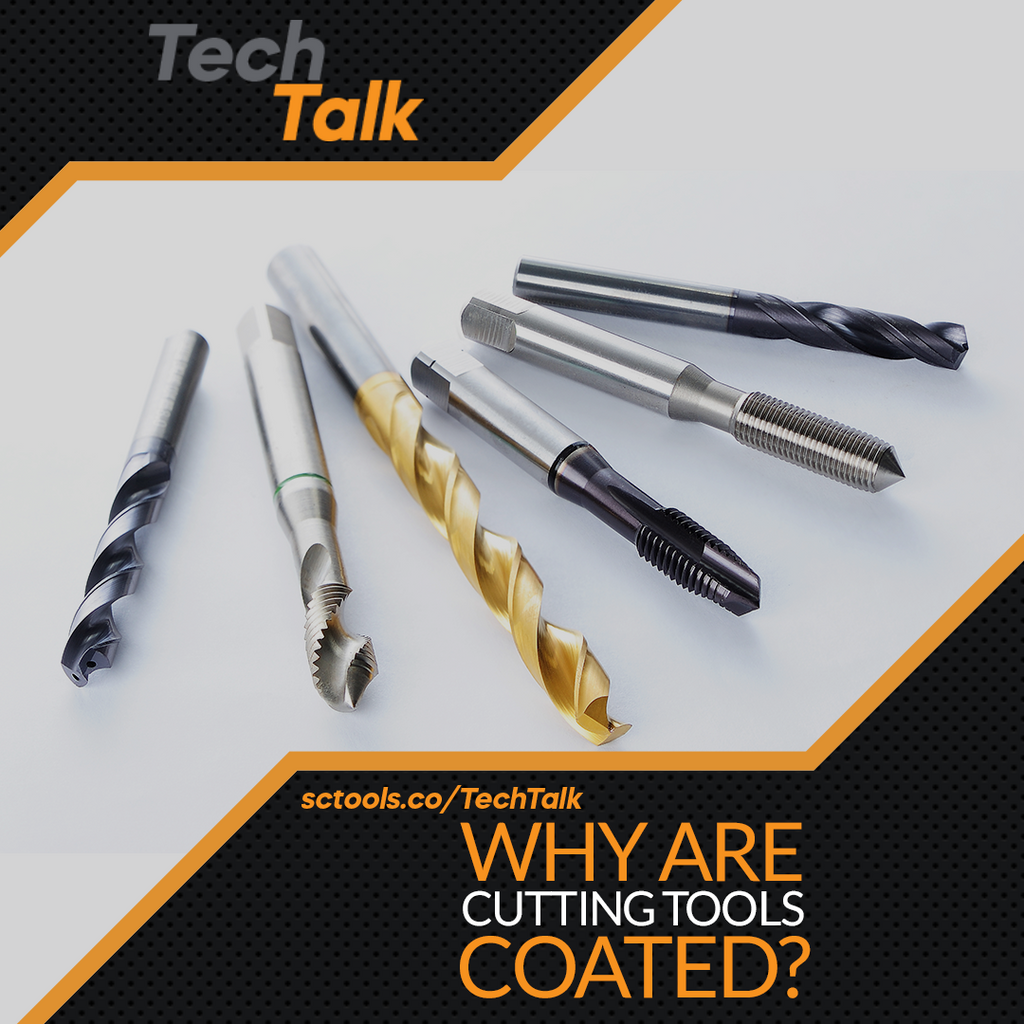How To Choose the Right Tool Coating
The use of a cutting tool is a fundamental part of every metalworking technique. A continuous material removal process requires tools made of a harder material than the workpiece removed to increase machinability and process capacity.
Tool material should ideally have several common qualities in addition to hardness, such as high strength, toughness, fatigue strength, shape retention capabilities at high temperatures, high thermal conductivity, good formability, etc. A single substance might not provide all the necessary qualities.
Tools may occasionally be coated with a suitable substance to harness the majority of the desired features. In this case, the substrate material only contributes a small number of the selected properties, while the coating material contributes the remainder.
Several coating layers can be applied to the tool material, each imparting a different feature. Among the common coating materials for cutting tools are diamond, titanium carbo-nitride (TiCN), titanium aluminum nitride (TiAlN), and titanium nitride (TiN).
Coating Techniques for Cutting Tools
Physical Vapor Deposition (PVD) and Chemical Vapor Deposition (CVD) are both cutting-edge thin-film coating processes. Both of these processes require vacuum conditions and high temperatures to function. Typically, the coating material is deposited on the tool substrate using either the PVD or CVD methods.
CVD’s Fundamental Operating Concept
Chemical vapor evaporation, sometimes known as CVD, is a thin film coating method and creates a thicker, better heat barrier layer. During the CVD process, one or more volatile precursors are added to the reaction chamber together with the substrate.
On the surface of the substrate, the precursors react or break down to create a thin coating. Diffusion allows the waste gases to leave the reaction chamber. This procedure is known as "chemical vapor deposition" because an actual chemical reaction occurs on the substrate surface.
PVD’s Fundamental Operating Concept
This procedure is known as "physical vapor deposition" since there are no chemical reactions, and it enables line-of-sight coating, allowing for a thinner coating, leading to a sharper edge. A coating material is applied to the surface of the goods using the PVD process, transitioning from a condensed form into a vapor state and back to a condensed form.
PVD and CVD Comparison
The PVD and CVD coating processes differ significantly in terms of their working principles, operating temperatures, coating material types, coating coverage areas, film thicknesses, coating smoothnesses, applications, and a host of other factors.
Natural Coating Material
Only coating materials that are flammable at room temperature can be utilized in CVD. Materials for covering substances are so scarce. For instance, gold cannot be utilized as a coating material for watches and jewelry.
The PVD process allows the use of a wide variety of materials since the coating components are solid. This makes PVD perfect for coating jewelry and watches with various substrates, such as gold, titanium, graphite, etc.
Working Theory
Since CVD is a chemical process, most reactive substrates (products) cannot be employed. As a result, it also restricts most of the materials used to make jewelry and timepieces.
Despite being a physical process, PVD doesn't involve any chemical reactions, making it perfect for all types of jewelry and timepieces, including those constructed of reactive materials.
Applications
Jewelry, door and window hardware, kitchen and bathroom hardware, lights, maritime supplies, handicrafts, and other decorative items are all made using PVD technology. While machine, medical, and automotive tools make up most CVD applications.
Temperature
For CVD, the substrate (product) can achieve temperatures between 800 °C and 1051.6 °C (1472 °F and 1925 °F), which is higher than the temperature at which steel is tempered, even though the majority of jewelry and watches are built of materials with low melting points that cannot resist these high temperatures.
However, the average temperature in PVD is between 158 and 750 degrees Fahrenheit, which is excellent for practically all materials, including plastics.
An incorrect coating can significantly affect the process performance. At SCTools, we always strive to be at the forefront of coating and tool advancements. Make informed decisions about cutting-edge industrial tool technology by contacting us.
 |
If you have any questions about carbide cutting tools, end mills, drills, etc. be sure to reach out to us @ sctools.co/Home or call us at (877)737-0987. We help you machine better! |



Comments (0)